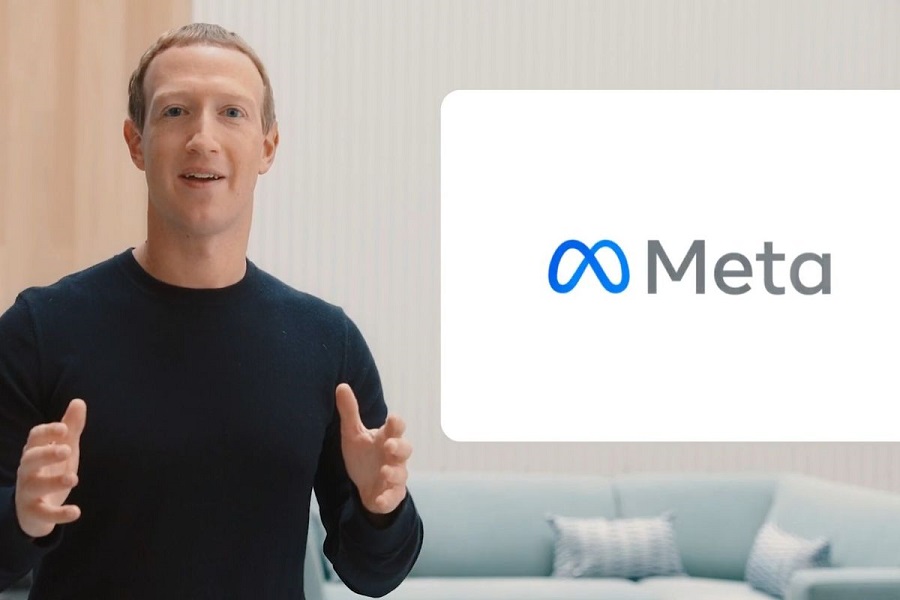See 4 Bullish Signs For Meta From Financial Algorithms

Did you know that with 4 billion monthly active users and market capitalization in excess of $1.1 trillion, Meta Platforms is the 7th largest company in the world?
This week, our team used the Algo-Notes Tool on Capnote to examine Meta. Below are 4 bullish signals for investors that are worth looking into further.
The Algo-Notes Tool on Capnote uses AI/ML algorithms to automatically extract insights from a company’s financial statements and peer comparisons.
It will help you connect the dots, discover new insights and save you a ton of time. View a short demo of Capnote here and click the button below to sign-up for a free trial.

Over the last month, Meta’s stock is down -6%. Despite beating top and bottom line expectations during its last earnings release, investors did not respond well to its near term outlook
which involves significant investment in artificial intelligence. Could this be a good entry point? Below are a few signals worth looking into.
Also Read 3 Risky Mistakes Investors & Bankers Make
Return On Invested Capital (ROIC) Expansion.
From the end of 2022, Meta’s ROIC has risen from 23% to current levels of 30%. As returns are the ultimate goal of any business, ROIC expansion is typically a positive sign that a company is able to efficiently allocate capital to profitable projects and investments. However, an analyst should understand if such ROIC expansion is sustainable.
Strong Free Cash Flow Generation Compared To Peers.
In 2023, Meta generated annual free cash flow in excess of $44 billion. It’s free cash flow margin is 33% which is higher than its peer group average of 27%. This typically implies efficient operations and a competitive advantage. However, it is essential to understand if the company is under-investing in its long-term growth and analysts should check for one-off sources of cash and normalize these.
Price to Earnings (P/E) Valuation Multiple Below Peers.
With P/E multiples of 27x, Meta appears to be relatively undervalued compared to a peer group average of 31x. This could indicate investors may be getting a bargain but be cautious. This is just a single valuation metric which should not be the sole basis for an investment.
A lower P/E multiple could also indicate the market does not appreciate its growth prospects as much as other companies. Analysts should check other valuation metrics, review historical growth rates and understand the company’s future prospects.
More Research & Development (R&D) Investment Than Peers
With peer group highs, Meta spends more money on R&D than its peers. It spends 28.5% of sales on R&D which is almost double peer group averages of 14.5% In 2023, this translated to $38 billion in R&D investment. Whilst this could compress margins in the short term, in the long term it could lead to the company developing technologies that enhance its competitive advantage. Analysts may also want to check if other peers are expensing or capitalizing their investment in R&D to ensure a fair comparison.
In a recent post, ‘Inadequate Peer Group Analysis’ was listed as one of the riskiest mistakes made by financial analysts. Capnote has been created by financial professional to help.
